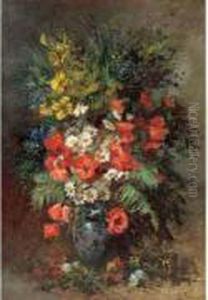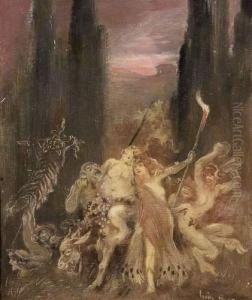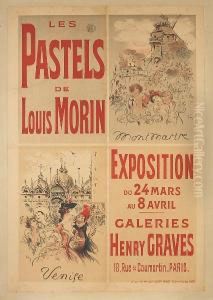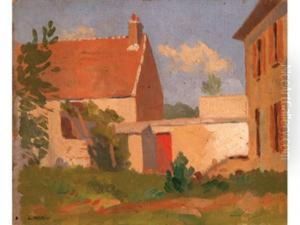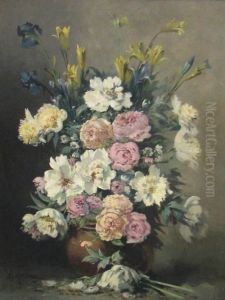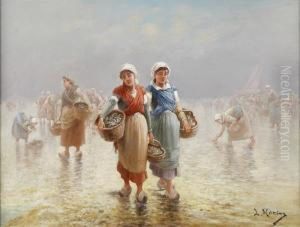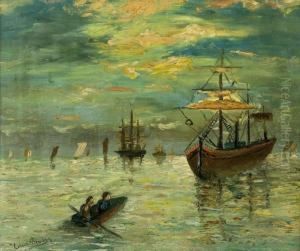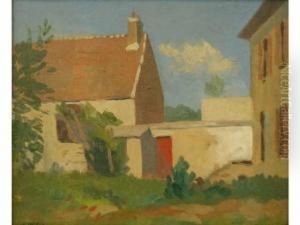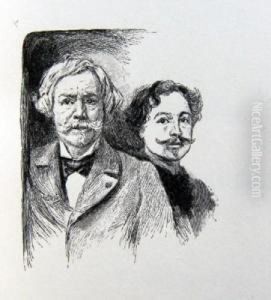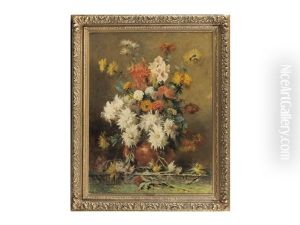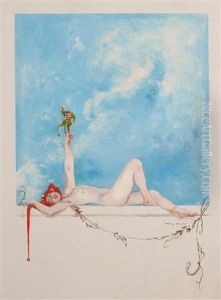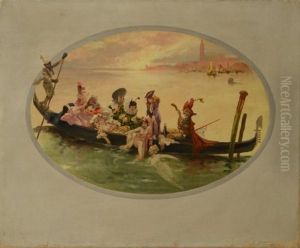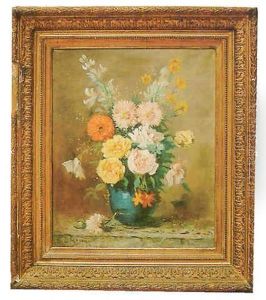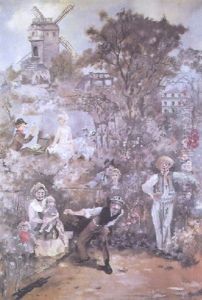Louis Morin Paintings
Louis Morin was a French artist and illustrator born on May 17, 1855, in Paris, France. He was known for his illustrations, paintings, and drawings that captured the essence of Parisian life at the turn of the 20th century. Morin's works often reflected the vibrancy and dynamism of the Belle Époque, a period characterized by optimism, regional peace, economic prosperity, and technological, scientific, and cultural innovations.
Morin studied at the École des Beaux-Arts in Paris under the tutelage of Isidore Pils and Henri Lehmann. He began his artistic career as a painter but gradually became more recognized for his work in illustration. Throughout his life, Morin contributed to various periodicals and publications, including 'Le Figaro', 'Le Rire', and 'L'Illustration'. His illustrations often accompanied texts by contemporary writers of the time, helping to visualize the stories and poems for the reading public.
Apart from being an illustrator, Morin was also a keen observer of French society, and he used his art to comment on the social and political events of his time. His works occasionally touched upon the themes of the human condition and the social disparities that existed during the Belle Époque. Despite his commentary on society's ills, Morin's work was generally imbued with a sense of humor and lightness.
Morin's artistic output was prolific, and he worked in a variety of mediums, including watercolors, lithographs, and etchings. His style was versatile, ranging from realistic portrayals of contemporary life to more whimsical and satirical approaches. He was also involved in the production of posters and postcards, which were popular means of communication and advertising during that era.
Louis Morin's contributions to the world of French art were significant, particularly in the realm of illustration. His works provide valuable insights into the cultural and social atmosphere of Paris during a time of great transformation. Morin passed away on March 13, 1938, leaving behind a rich legacy that continues to be appreciated by art enthusiasts and historians alike. His works are part of collections in various museums and continue to be studied for their historical and artistic value.
